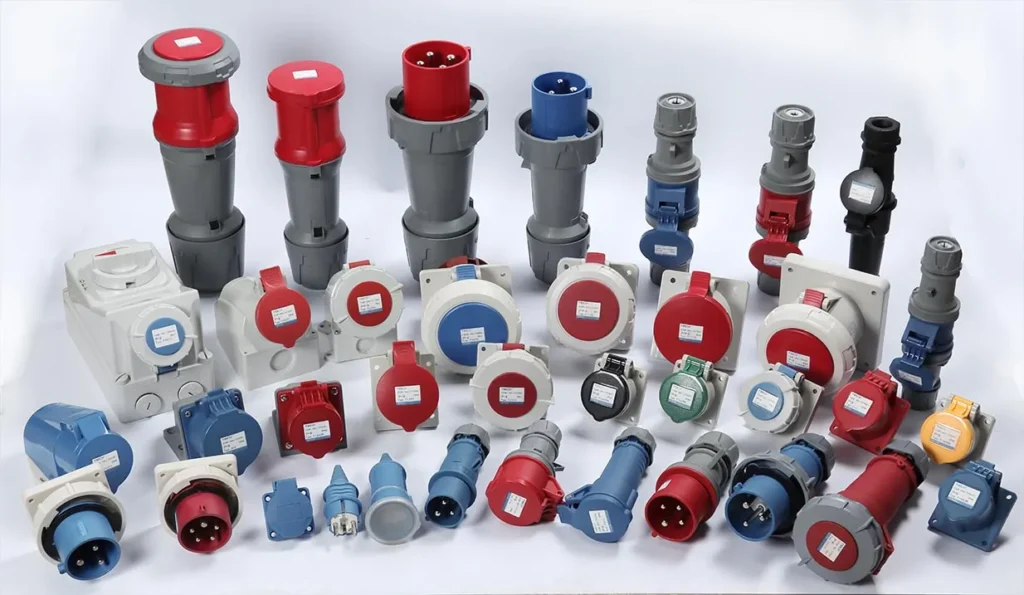Cable connectors play a crucial role in industrial environments by ensuring the proper functioning and stability of equipment. Given the specific conditions of industrial settings, careful selection and use of cable connectors are essential. Here’s a detailed guide on how to select and use cable connectors effectively in industrial environments.
Selecting Cable Connectors
Determine Requirements
- Current and Voltage Requirements: Choose connectors that can handle the current and voltage of the equipment to ensure they meet the actual load requirements.
- Environmental Conditions: Select connectors based on the environmental conditions such as temperature, humidity, and chemical corrosion. For harsh environments, opt for connectors that are high-temperature and corrosion-resistant.
Types of Connectors
- Screw Terminal Blocks: Suitable for high-current applications, providing secure and reliable connections.
- Quick Connectors: Ideal for applications requiring frequent connections and disconnections, offering convenience in installation and maintenance.
- Solder Connectors: Used in applications where high stability is required, such as in high-end industrial equipment.
Material Selection
- Metal Materials: Such as copper or aluminum, which offer good conductivity and durability.
- Insulating Materials: Choose insulating materials that are resistant to high temperatures and chemical corrosion to ensure long-term safety and stability.

Using Cable Connectors
Installation Preparation
- Tool Preparation: Ensure you have the right tools, such as wire strippers, screwdrivers, and soldering equipment.
- Cable Preparation: Strip the insulation from the cable as required and clean the cable ends to ensure they are free of oil or impurities.
Connection Installation
- Ensure Good Contact: Make sure the cable and connector contact points are tightly connected to avoid poor connections.
- Secure the Connection: Depending on the type of connector, use screws, soldering, or other methods to firmly secure the cable to the connector.
Testing and Inspection
- Electrical Testing: Use testing instruments to check the electrical performance of the connection, ensuring it is stable and free of short circuits or open circuits.
- Physical Inspection: Check if the connector is securely fixed and ensure that vibrations or impacts do not loosen the connector.
Maintenance and Upkeep
- Regular Checks: Regularly inspect the condition of cable connectors and replace any worn or damaged parts promptly.
- Cleaning Maintenance: Keep connectors and cables clean to prevent dust and dirt from affecting connection quality.
Key Considerations
Environmental Adaptability
- Dust and Water Resistance: In environments with high dust or moisture, choose connectors with dust-proof and water-proof features to ensure their normal operation.
- High-Temperature Resistance: In high-temperature environments, use connectors that can withstand high temperatures to prevent connector failure.
Safety Practices
- Follow Standards: Adhere to industry standards and safety regulations during installation and usage to ensure safety.
- Train Personnel: Provide training for personnel to ensure they understand the proper use and maintenance of connectors.
The correct selection and use of cable connectors in industrial environments directly impact the stability and performance of equipment.
By following these guidelines, you can ensure that you choose suitable connectors and fully utilize their performance in practice, thus enhancing the reliability and efficiency of industrial equipment.

